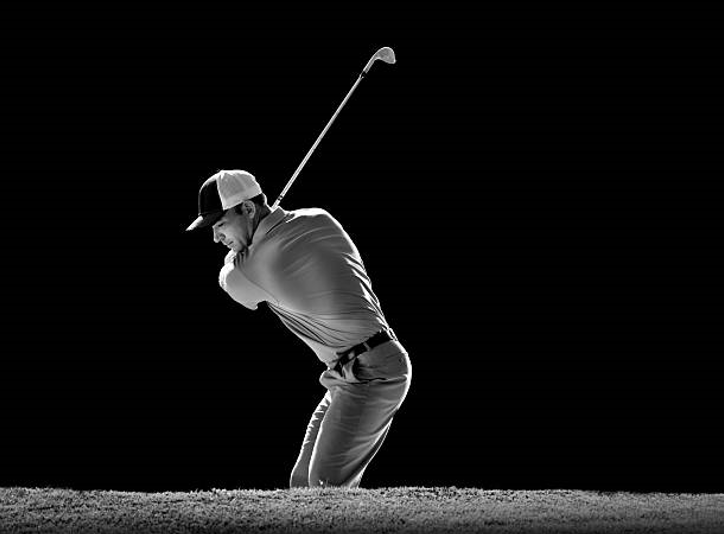Solemn golfers love to toil on the basics of the strike and hit, which leads to "involuntary" development that you don't want to think about — until your move gets out of sorts. But yonder the fundamentals are appreciated instructions that deal with the target, club selection, and sequence management. All those shades add up to a more comprehensive golf set.
There are many ways to building a good plan that meets the eye. Here are some captivating golf strategy tips and tricks to help you shoot lower scores in the easiest way possible.
1. Carry & Run
If you are like most golfers, you'll have believed, if not said, something very similar in the earlier. However, there is a tricky situation with this sentence. The total expanse you hit each club in the bag will be contingent on ground conditions. So, you won’t hit the ball as far when it is wet as you will in the summer's altitude. That's why clever golfers rely on carrying yardages. They will know the precise yardage they have for each club in the bag. Your 7-iron might be 135 yards. Knowing this means you can then shape a policy based on how far you suppose the ball to move when it hits the ground. Sometimes you’ll hit it 160 yards, or you will hit your 7-iron 135 yards sometimes. Significantly, by knowing your carry yardages, you will be far more detailed and precise with your expenses.
2. Spot the Dead Zone
Every smooth policy starts with knowing where the card-wrecker lies on each hole. Sometimes this is noticeable – water short of the green or out of limits running down the fairway's right side. But often, it needs more belief. Is there a shelter 50 yards short of the green or a deep hollow to the left of the green with profound uneven lying in wait? Knowing where the dead zone is, is step one in building a plan. It might sound undesirable, but it will positively help you evade hitting shots that will directly cost you shots.
3. Never Target Where A Straightforward Shot Will Find Trouble
You will target at the shelter and knock out your normal diminish. Keep that in mind for the fairest shot you hit all year. It should be a mistake you never make. If you want to target at that shelter, select a stick you know will not get there. Again, knowing your carry spaces is vital in this situation.
4. Never Choose the Wind By Throwing Grass
Selecting the wind when you are playing tree-lined golf courses is disreputably tough. The wind constantly twirls through the trees, which can often fool you into choosing the incorrect aim for a shot. The best guidance is to look above the course map (usually on the card) before you play and draw a barb across the map in the way the wind is for blow. So if there is a south westerly wind on that day, pull a giant barb across the golf courses, signifying that fact. While you are opposing for real, overlook what the wind is doing at ground level and check your wind map. Never select the wind by throwing up grass is one of the essential golf plan tips and tricks.
5. The Fall Line
Selecting the breakdown on greens with delicate slopes is one of the great encounters facing every golfer. One of the best golf plan tips and tricks is to discover the fall line. So, as you tactic your ball, take a look at the green and try to choose where the dead straight tap is. Once you have got the straight stroke, you have the line to which everything will want to break. The fall line is the better the viewpoint between your ball and the fall line, the better the break.
6. Find the Inclination
How often do you examine your game? Do you replicate on each round, think about your most reliable misses, and look at where most of your shots were fell? For most, the answer to this is no but replicating your game is the best way to shape a plan that works for you. It might well be that you often tug your middle iron shots. To know about your most probable miss is one of the essential golf plan tips and tricks that will help you knock out much more practical shots off the tee and into the playgrounds.
7. Don't Change Your Posture
Mechanically, you might accept that the posture changes, dependent on the club. When it comes to full bangs (not chips, pitches, or strokes), preserving a reliable posture is dangerous to flattering a better ball striker. That is not to say there are slight adjustments in spine viewpoint, ball location, and posture width, but usually, how you stand over an iron should not be distant off from how you place yourself with a teamster.

